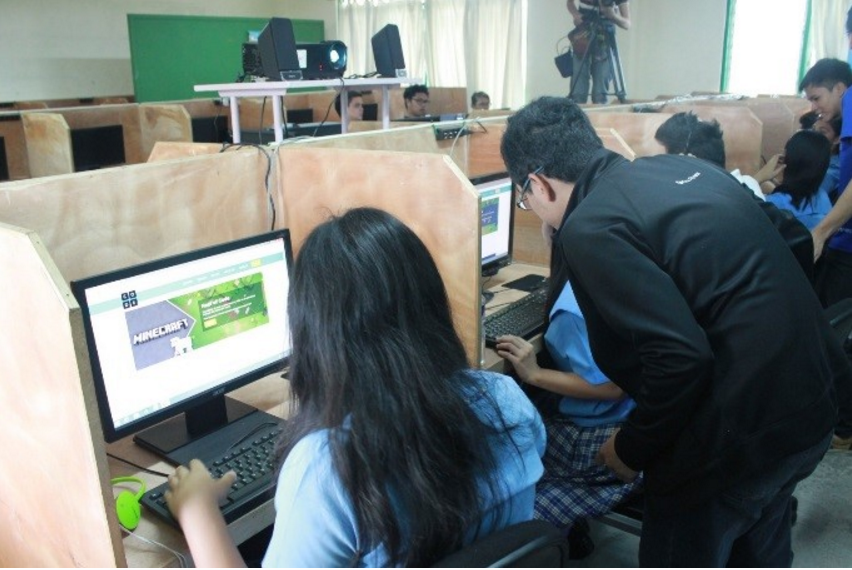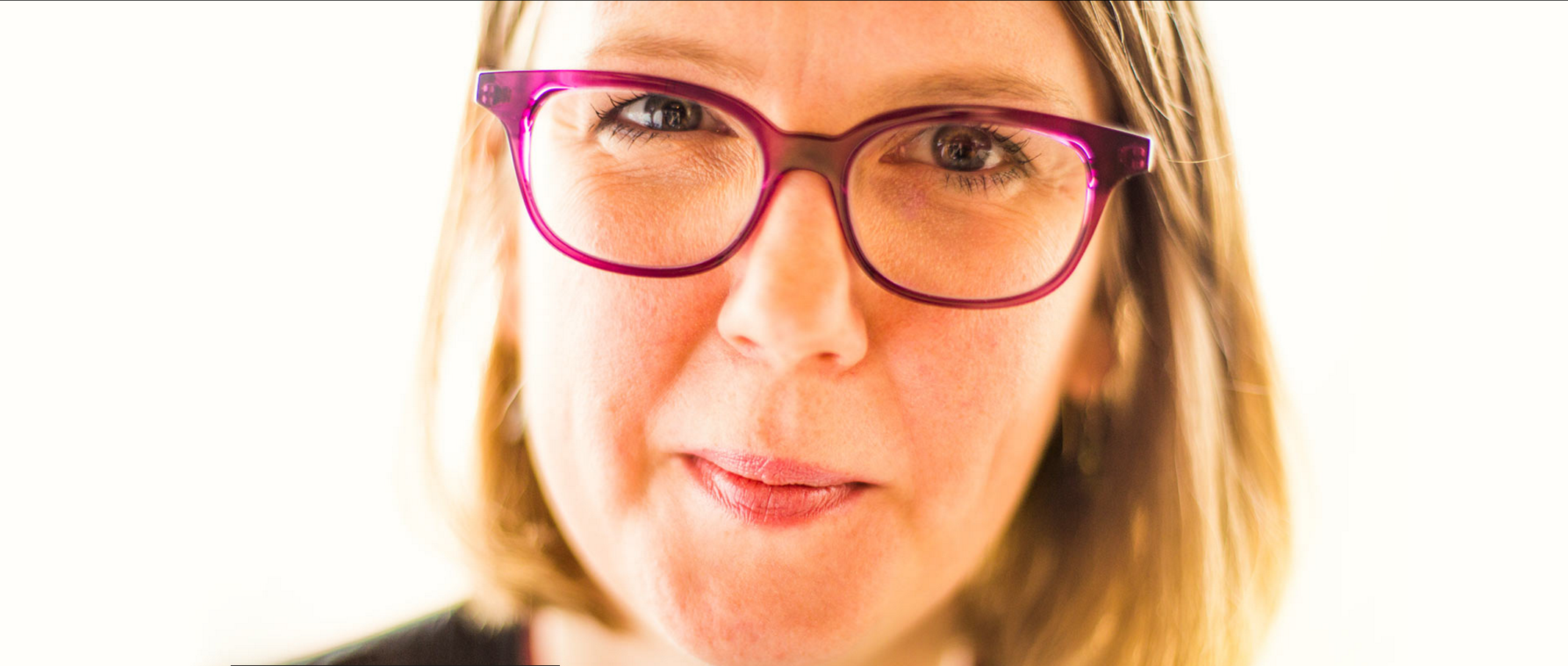As we mark the International Day of Persons with Disabilities on December 3, it is important to reflect on how we can help build a more inclusive and equitable world. That is the core message behind the theme set by the United Nations this year, “Achieving 17 Goals for the Future We Want”, in reference to their 17 Sustainable Development Goals.
As technology becomes more mobile, intelligent and powerful, its potential to foster greater inclusion has also grown. Innovations have helped to improve lives and create opportunities for everyone, including those with disabilities.
To ensure everyone benefits from technology and all that it offers, we can start by looking at the design and accessibility of every day products and services, as well as how our mindsets and company policies can help to drive and amplify the impact.
Here are some examples of how technology is helping to break down disability barriers:
Assistive products and services
Windows 10 with assistive technology
https://www.youtube.com/watch?v=Ac9NsWUv3YM
Sadam uses Windows 10 features, such as Cortana and support for commercial assistive technologies, to help in his studies.
The visually impaired are able to access and use computers and various devices more easily with the assistive features of the Windows 10 operating system.
One such story involves Sadam, a 24-year-old blind student from Melbourne. He uses Windows 10 features, such as email alerts by Cortana, to help him in his university studies. You can read his story here. The operating system continues to be improved with new features such as an improved web browsing and reading experience via tools such as Narrator and Magnifier.
Mobile applications for disabilities
Noppadol “Kui” Wannaborworn lost both his legs at age 17, when a truck crashed into his bike. He relies on the Wheel-Go-Round app to help him avoid Bangkok’s many bumps and potholes
With an estimated 6.1 billion smartphone users by 2020, it makes perfect sense to develop solutions that people with disabilities can use on their mobile devices. Wheel-Go-Round is an app developed by a group of Thai university students to help wheelchair users find the best possible routes around Bangkok. With a constantly updated database of user-generated content, augmented reality and maps, the app makes navigation easier by helping users avoid potholes and directing them to ramps.
To get developers thinking about designing for the disabled, the Microsoft Imagine Cup has an ‘Ability’ Award category where students are encouraged to come up with solutions that empower them through technology. This year’s winners, were Team BoneyCare from China, whose winning app helped people with speech impairments. Powered by Microsoft Azure, the app hopes to treat stammering and other related impairments through a cloud-based language recognition, wave analysis and emotion recognition technology.
Eye-controlled wheelchair
https://www.youtube.com/watch?v=HXOWTLrWqzg
Enabling disabled youth to pursue degrees and careers in IT
Closer to home, the Microsoft YouthSpark Scholarship in Singapore – part of Microsoft’s global YouthSpark initiative, sponsors the tertiary education in information technology (IT) related fields for youth with disabilities. The scholarship is presented yearly to students who demonstrate excellent academic credentials, strong leadership potential and a passion for higher learning. This is in spite of challenges brought on by living with disabilities, such as autism, hearing and vision impairment.

Elsewhere in the region, non-profits like the Adaptive Technology for Rehabilitation, Integration and Empowerment of the Visually Impaired (ATRIEV) in the Philippines are introducing computer science to visually impaired youth. With most jobs requiring interaction with technology today, coding is not just a skill for these youth, but presents a chance for them to break away from conventional jobs such as masseuses. Through IT workshops such as the Hour of Code, blind and low-vision youth have a fighting chance at pursuing a career they are passionate about. ATRIEV also hires visually impaired instructors, training them in digital literacy and basic web publishing, so they can better explain fundamental computer science concepts to students whose special needs they share.
Expanding the C-Suite with CAO

CEO, CTO, CIO – these are designations most people will know just based on their acronyms. But mention Chief Accessibility Officer (CAO), and one is likely to draw blank looks. Microsoft is one of the few companies to have created positions in accessible technology, showing a growing commitment to better service all types of users, including disabled ones.
Microsoft’s current CAO, Jenny Lay-Flurrie, is deaf, but does not let her disability stand in the way of her day-to-day job. This includes getting feedback from customers, meeting with engineering groups, thinking about people, design and technology, chatting with employees about how to drive inclusion and improve accessibility inside the company and championing projects she thinks can make a difference.
Hiring autistic employees and vendors
Adults with autism often choose not to disclose their disability for fear of risking their chance at employment or discrimination from colleagues.. To address this, Microsoft has launched a program focused on hiring people with autism. Besides employees, the company also works with vendors to hire those with autism for roles in event and food services and transportation, and even has a Disability Answer Desk for customers with disabilities of any kind.
Building the next big thing
One of the greatest appeals of technology is its potential to come up with solutions for those who might otherwise lose hope. What we currently have is exciting, but so is what’s in store. Microsoft has several emerging projects dedicated to helping people with disabilities do more with technology. For example, we have Learning Tools for OneNote Preview, a toolbar add-in which improves the reading and writing experience, especially for those with dyslexia.
For the visually impaired, there is the Cities Unlocked project, which uses Microsoft 3D soundscape technology to help people with vision loss navigate around town. There is also the Seeing AI project, aimed at helping the blind and visually impaired ‘see’ the world with computer vision and natural language processing to describe their surroundings, read text, answer questions and even identify emotions on people’s faces.
“To empower every person and every organization on the planet to achieve more” – that is Microsoft’s mission, and as we celebrate International Day of Persons with Disabilities, it is a timely reminder of the transformational potential of technology and why it is critical for everyone to work together to break down disability barriers and celebrate abilities instead.




